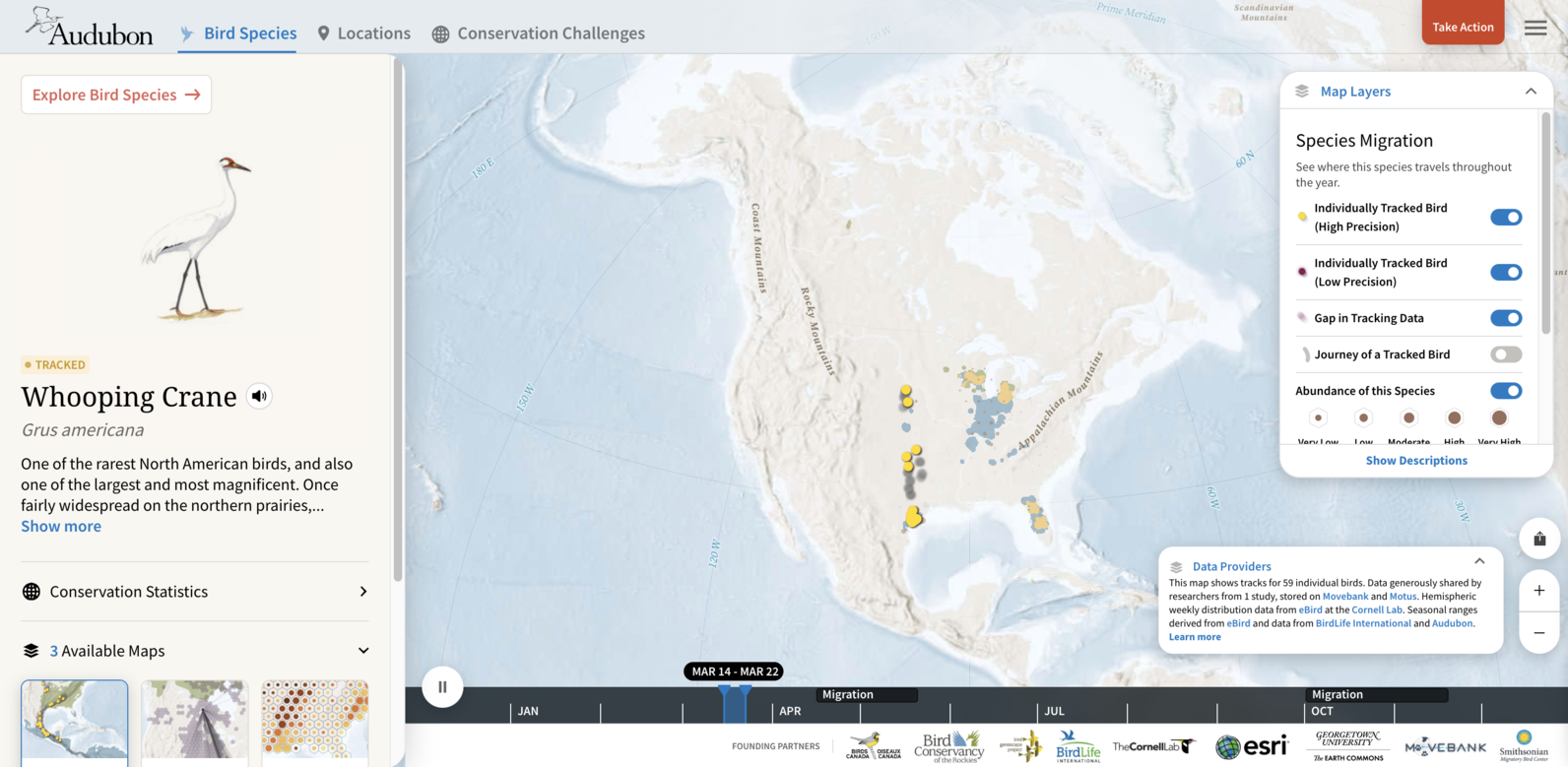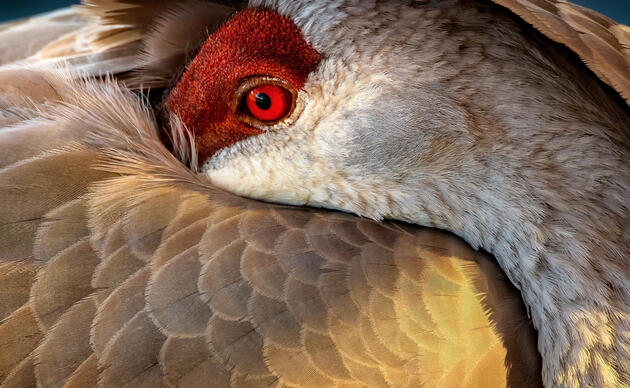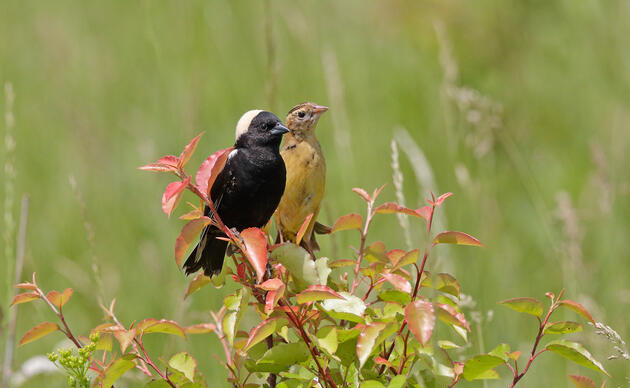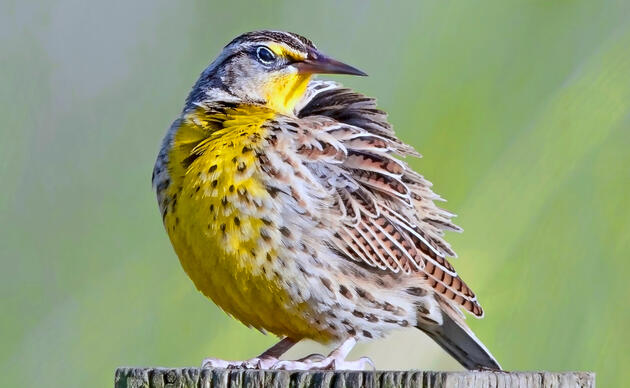In September, Audubon and partners launched the Bird Migration Explorer – an online platform with consolidated migration data using state-of-the-art visualizations and the best-available information on conservation challenges that migratory birds face.
Birds are important ecological indicators that tell us about the health of our environment. Protecting migratory birds requires science-based conservation policies at the local, state, national and international levels; work across borders and hemispheres to address challenges they face on breeding grounds, non-breeding grounds and important migration stopover sites along their routes in between. Efforts like Audubon’s Migratory Bird Initiative and the Audubon Americas program bring together dedicated conservationists, researchers, local communities, and volunteers to secure a future for migratory birds.
Partnerships like this one, advances in migration science and technology allow us to better understand the incredible journeys that migratory birds take, which in turn leads to more effective conservation efforts. By protecting birds and the places they need, we also protect the places that people and other wildlife rely on.
Efforts like Audubon’s Migratory Bird Initiative bring together the best-available migration science from hundreds of professional and community scientists to engage people around the wonder of migration and inform on-the-ground conservation efforts across the hemisphere.
The Bird Migration Explorer reflects an extraordinary partnership among science, conservation, and technology organizations and institutions and is made possible by data from the following major partner organizations and uses the data from more than 500 studies generously shared by researchers and institutions from around the world.

“We are initiating a lot of research projects in western Nebraska focused on grassland species where we don’t have a lot of local information, specifically on Thick-billed Longspur and Chestnut-collared Longspur. The Bird Migration Explorer is a great way to see the connection between the birds in our state with their wider populations and gain insight into what other researchers have discovered. This tool also highlights the links between breeding, migratory, and wintering locations and identifies the threats that longspurs and many other species face throughout their lifecycle.”
- Stephen Brenner, Audubon Avian Ecologist





